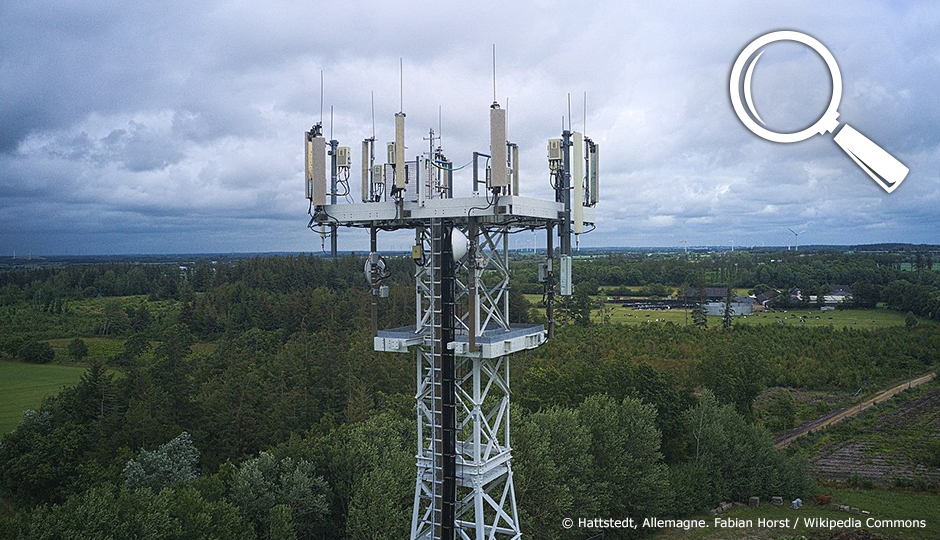Auteur : Agence Science Presse - Caroline Couturier
Various theories blame the pandemic on 5G cell phone technology. According to the easiest theory to understand, the virus struck harder in areas where 5G was deployed. The Rumour Detector finds doubts regarding this cause-and-effect relationship.
Wuhan — where the rumours started
A Facebook post claimed that Wuhan, the epicenter of the pandemic, was the first Chinese city with a 5G network. This post was based on another premise – that 5G weakens the immune system. The Rumour Detector has already debunked this theory.
It’s true that Wuhan had 5th generation (or 5G) cell phone towers. It was one of about fifty other Chinese cities where 5G trials were conducted in fall 2019.
But in fact, the world’s first 5G network was deployed in South Korea. This happened over a year ago, in April 2019. Remember that South Korea was one of the countries least affected by COVID-19. A cocktail of measures are currently given credit for this success. They range from a massive screening campaign to severe isolation policies.
No 5G, plenty of deaths
If the spread of the new coronavirus were linked to the deployment of 5G, the pandemic should have been limited to the 34 countries that currently use that technology. Or at least it should have hit these countries harder. But the pandemic severely affected Iran at the start, even though that country has no 5G network installed. In Japan, the 5G network was only deployed on March 25, 2020. But Japan’s first COVID-19 death was reported in February.
In Europe, the countries hardest hit are still France, Italy, Spain and Great Britain. But 5G in France, Italy and Spain is still in its infancy.
Great Britain has a 5G network, but it isn’t implemented uniformly. Several cities, including Milton Keynes and Portsmouth, don’t have 5G. Yet they are also severely affected by the virus.
As for France, a map linking the COVID-19 pandemic to 5G circulated widely on Facebook. But this map doesn’t show the deployment of the 5G network in France. In fact, it’s a map of the fibre optics network, a technology that isn’t based on electromagnetic waves.
Remember that Québec still has no 5G network. Yet Québec is the epicentre of the pandemic in Canada in the first half of May. The recent acts of “anti-5G” vandalism targeted cell phone towers that have nothing to do with 5G.
A correlation doesn’t prove anything
In some cases this association of ideas between 5G and the virus is a classic case of confusion. A correlation, which is quite real, is identified with a cause-and-effect relationship that doesn’t exist. In other words, it’s true that the virus may have spread in cities where communications technologies were also deployed. That’s a correlation. But a city generally is also densely populated, making it easier for a virus to spread. That’s where we’re more likely to find a cause-and-effect relationship.





